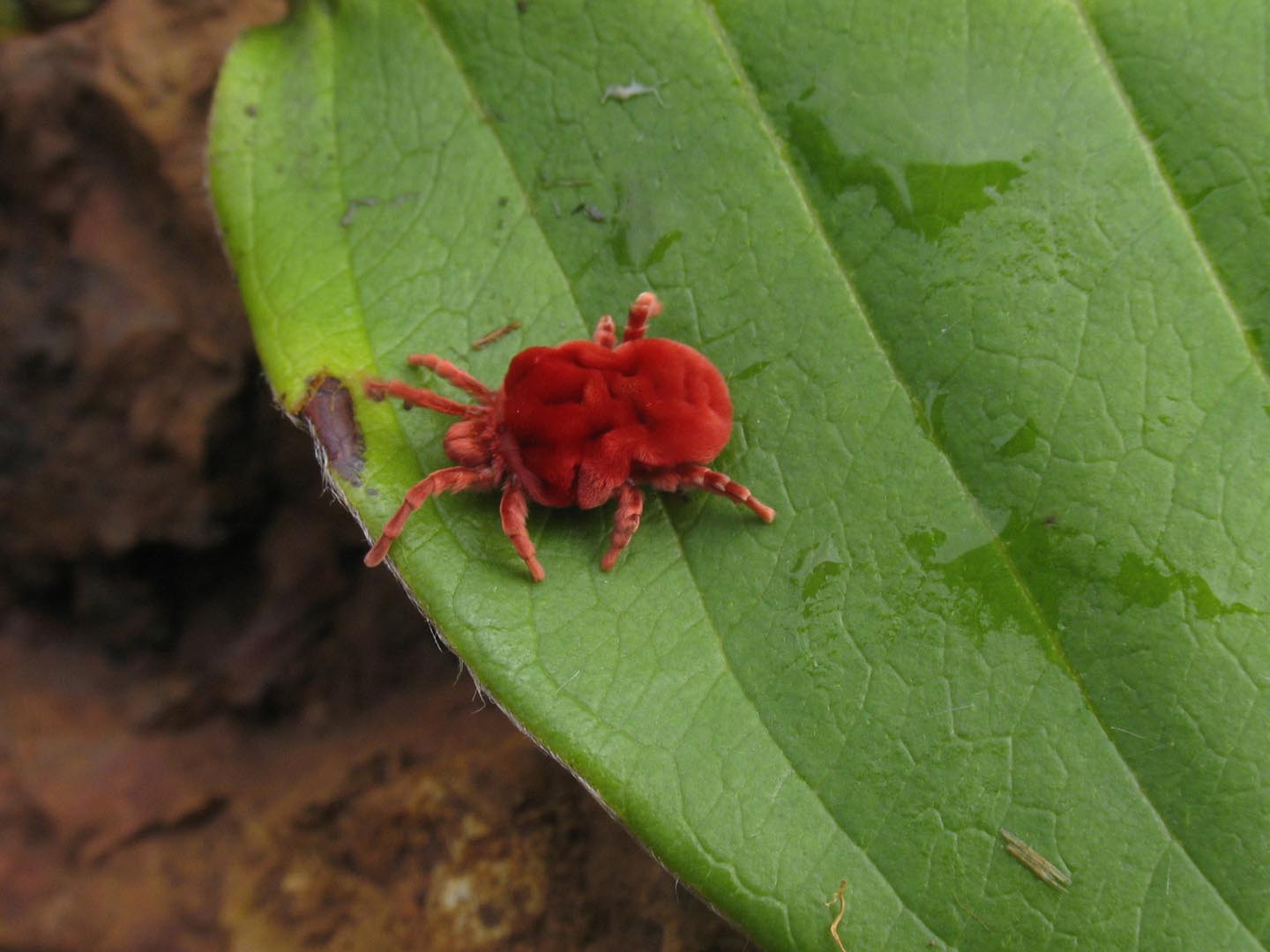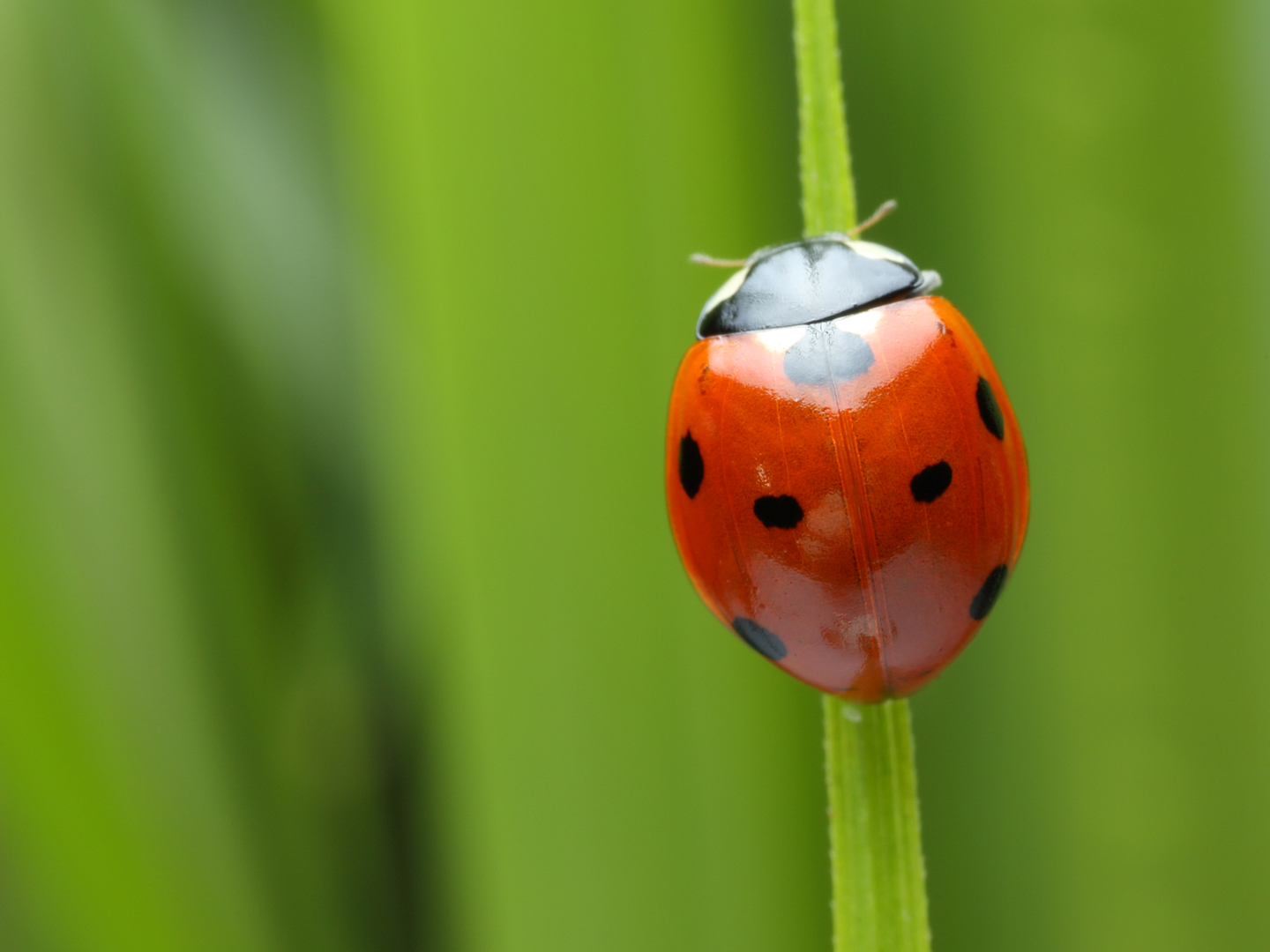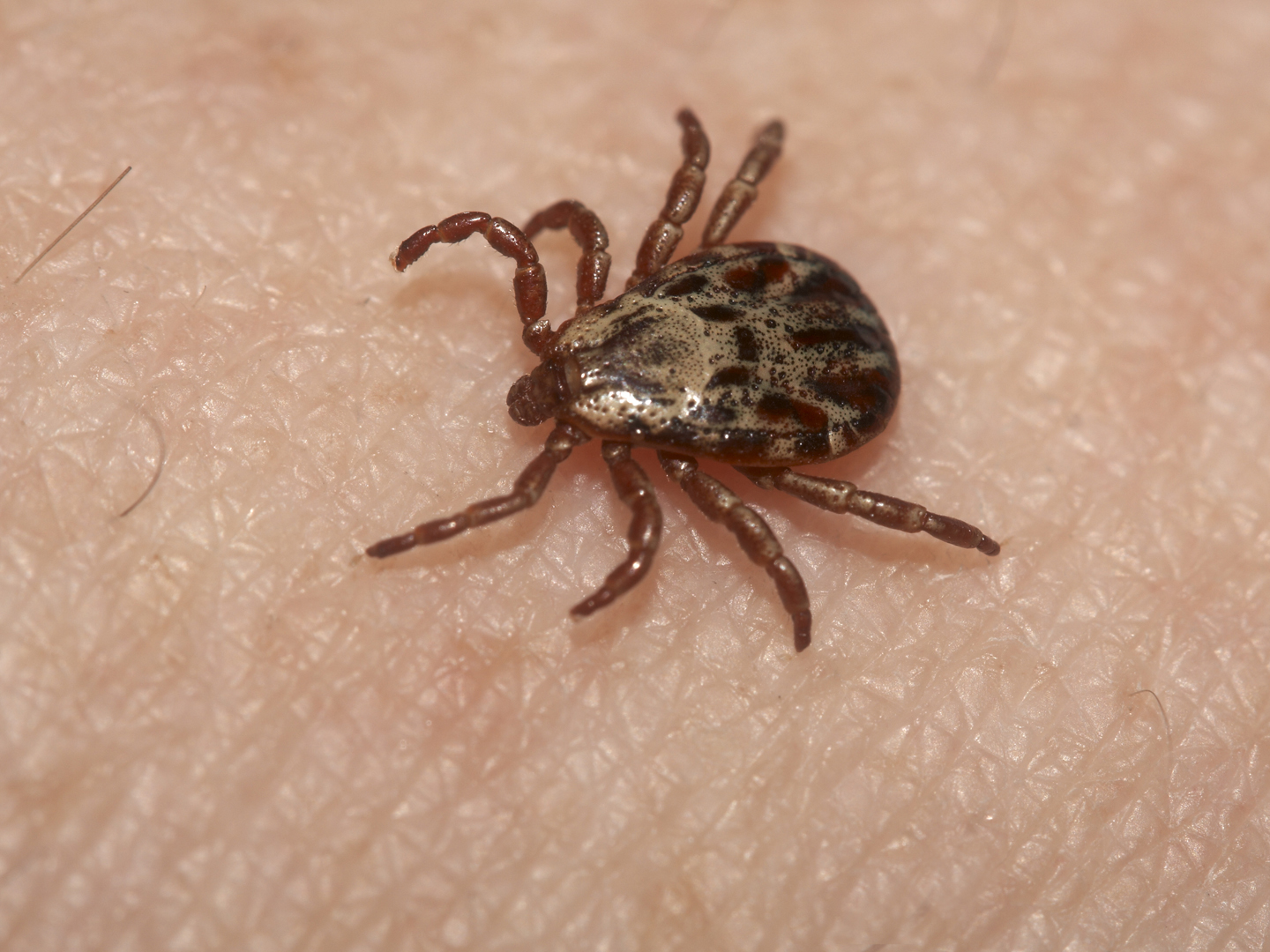Are Mite Bites Dangerous?
Do mites transmit disease to humans? I have been bitten many times over the past 5 months and I’m getting concerned. Can you tell me what I can do to prevent the bites?
Andrew Weil, M.D. | June 5, 2015

Mite bites can transmit disease in some parts of the world, but generally not in the U.S. The mites you encounter here can cause severe itching and, in the case of house dust mites, allergic reactions.
The most common mite bite comes from chiggers, insects too small to be seen with the naked eye. They’re usually found during the late spring and summer in grass, weeds, wild berry patches and woodland underbrush in damp, shaded spots.
You may not be aware of the presence of chiggers until you begin to itch or notice raised, red spots on your skin. The troublemakers are the larvae that sink their tiny mouthparts into a skin pore or hair follicle and inject a digestive enzyme that liquefies skin cells. After about four days of feeding, the larvae drop off, leaving behind red welts that can continue to itch for a week or longer. While chigger bites don’t cause disease, if you scratch the welts they can become infected. Antihistamines and corticosteroid creams or lotions are often recommended to help relieve the itching, although I would be inclined to try herbal products first, such as tea tree oil.
House dust mites don’t bite but are one of the most common indoor allergens. Individuals allergic to “house dust” are really allergic to the mites and their feces that become airborne and are a major component of dust. These allergies can trigger asthma attacks. Dust mites feed primarily on dander, flakes of dead skin that fall from people and animals. They can be found on upholstered furniture, pillows and mattresses. Their population increases during periods of high humidity. If you’re allergic to house dust, make every effort to dustproof your home. Eliminate dust catchers such as wall-to-wall carpets, Venetian blinds, and curtains (unless you wash them regularly in hot water to kill the mites). Dust furniture regularly with a damp cloth and clean the floors with an oiled mop. Eliminate down-filled blankets and feather pillows and encase your mattress in an airtight, dust-proof plastic cover.
The other common mites that bite are scabies, Sarcoptes scabiei, microscopic creatures that burrow under the skin and cause intense itching. You can pick up scabies by prolonged contact with a person already infested. These mites spread most readily in crowded places such as hospitals, childcare facilities, nursing homes and other institutions. However, you can’t get scabies from pets, because animals attract types of mites that don’t survive on the human body. Aside from itching (which usually is worse at night), symptoms include hive-like bumps on the skin that tend to show up first between the fingers, on the elbows, wrists, buttocks, or waist. I recommend treatment with neem, a natural, nontoxic pesticide made from Azadirachta indica, an Indian tree. Neem products are available at health food stores and on line; make sure they are intended for medicinal, not cosmetic use. To relieve itching, try counterirritant ointments or creams such as Bengay from the drugstore or the Chinese herbal remedy Tiger Balm, available at many health-food stores and on the Internet.
Andrew Weil, M.D.
Sources:
Mites Affecting Humans, Illinois Department of Public Health, accessed March 5, 2015,
http://www.idph.state.il.us/envhealth/pcmites.htm
Mite Bites, Merck Manual, accessed March 5, 2015, http://www.merckmanuals.com/professional/injuries_poisoning/bites_and_stings/mite_bites.html








